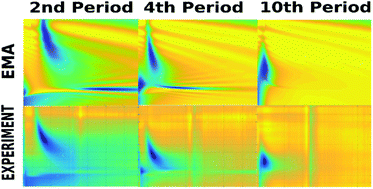Investigation of effective media applicability for ultrathin multilayer structures
Abstract
Multilayer hyperbolic metamaterials (HMMs) are highly anisotropic media consisting of alternating metal and dielectric layers with their electromagnetic properties defined by the effective medium approximation (EMA). EMA is generally applied for a large number of subwavelength unit cells or periods of a multilayer HMM. However, in practice, the number of periods is limited. To the best of our knowledge, a comparison between rigorous theory, EMA and experiments to investigate the minimum number of layers that allow for the low error of EMA results has not yet been investigated. In this article, we compared the reflectance response of the effective anisotropic HMMs predicted by the scattering matrix method (SMM) and EMA with optical characterization data, having the unit cell twenty times smaller than the vacuum wavelength in the visible range. The fabricated HMM structures consist of up to ten periods of alternating 10 nm thick Au and Al2O3 layers deposited by sputtering and atomic layer deposition, respectively. The two deposition techniques enable us to achieve a high quality HMM with low roughness: the root mean square (RMS) is less than 1 nm. We showed that the multilayer structure behaves like an effective medium from the fourth period onwards as the EMA calculation and experimental results agree well having below 4% mean square standard deviation of reflectance (MSDR) for the wavelength range from 500 to 1750 nm with a wide incident angle range. These results could have an impact on the design and development of active metamaterials and their applications ranging from imaging to nonlinear optics and sensing.



 Please wait while we load your content...
Please wait while we load your content...